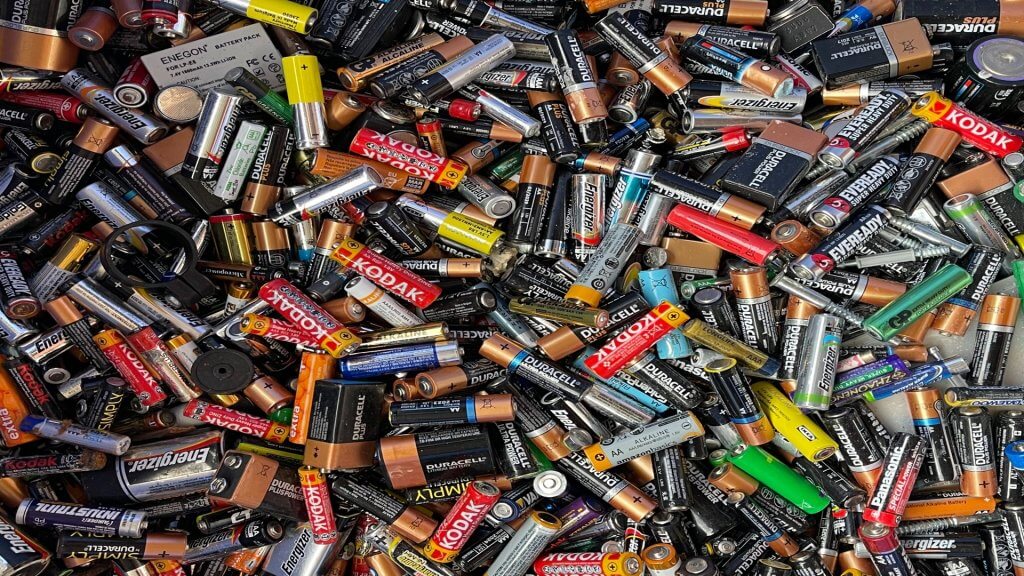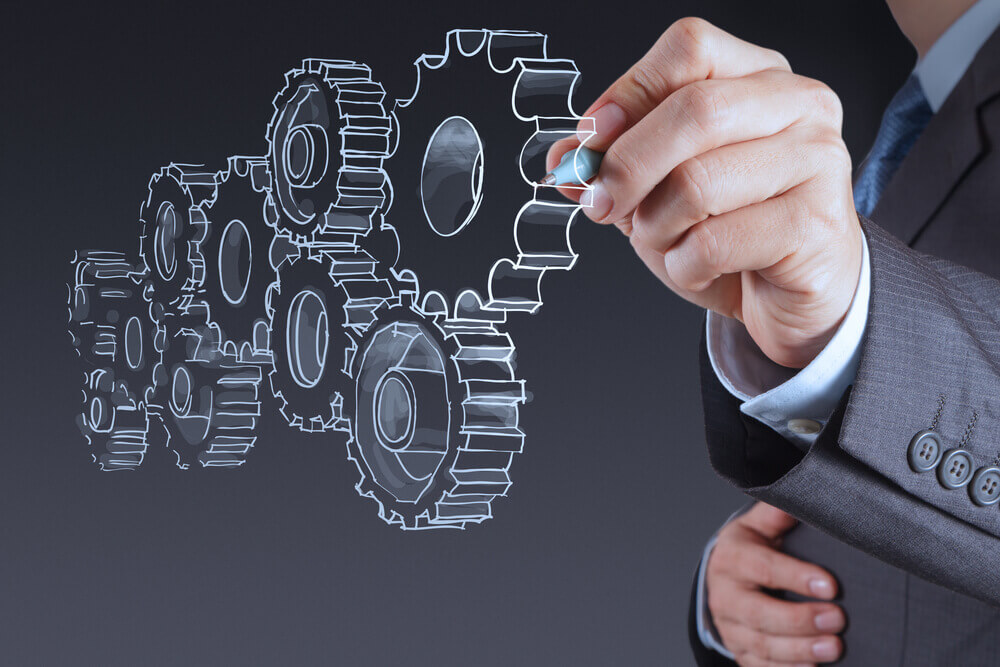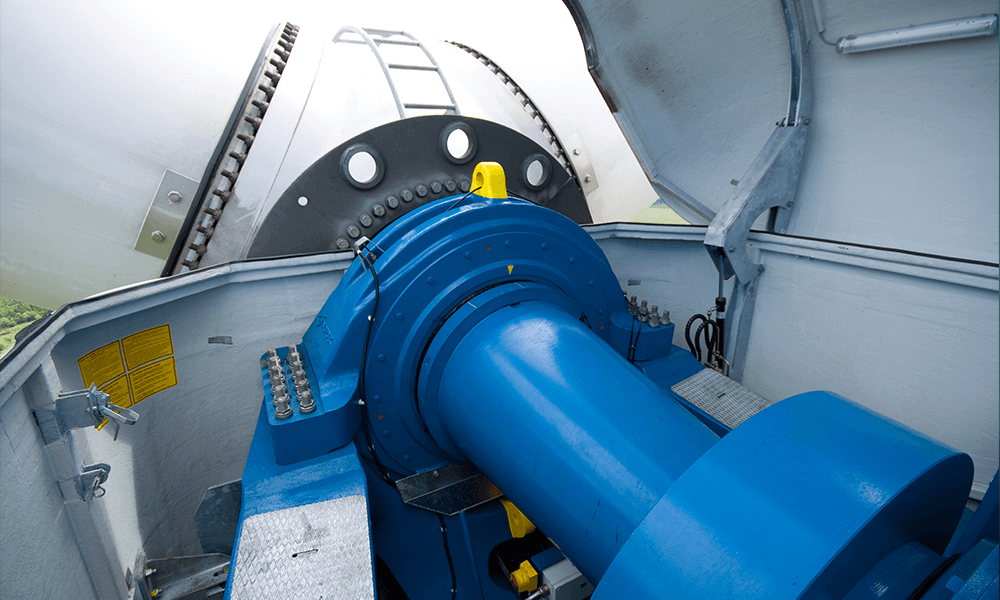
As technology is rapidly evolving, more and more new devices and gadgets are being released almost every day. While the new invention is a step forward, we’re accumulating more e-waste than we can handle. The increased manufacturing of electronic devices presents a huge problem for the environment. That’s because electronics are made of hazardous chemicals like lead, cadmium, beryllium, and mercury. When improperly disposed of, these chemicals can harm the environment and human health.
Additionally, heavy mining of precious materials used in the manufacture of electronics can negatively impact the environment. Despite these concerns, e-waste accounts for 70% of America’s total toxic waste. As technology becomes an integral part of everyday life, we should properly manage e-waste to minimize its environmental impact. If you suspect your land is already contaminated with hazardous e-waste chemicals, contact a certified contaminated soil removal company to help remove and dispose of the hazardous contaminants. Below are some of the best ways to manage and minimize electronic waste:
1. Extend the lifespan
One of the main causes of the rapidly growing e-waste problem is the reduced lifespan of electronic products. For instance, most cell phones and computers have a lifespan of fewer than two years. Due to the rapid obsolescence of these devices, more and more e-waste piles up in landfills, posing health risks and damaging the environment.
An effective way to reduce the amount of e-waste you generate is by utilizing your electronics as long as possible. Instead of purchasing a new gadget or device, consider repairing the existing one to extend its lifespan so you can produce less e-waste. Regular maintenance and servicing can prolong the life of your electronics, eliminating the need to buy new devices and gadgets. Instead of replacing your broken electronic devices, consider repairing them so you can use them longer. Not overcharging your batteries can also help extend their life.
If your old electronics are in good working condition, updating the software rather than purchasing new ones can go a long way toward reducing your e-waste. Before buying any new electronic device or gadget, make sure you first determine if you need it.
2. Resell
Another simple way to manage your e-waste is to sell working electronics you no longer need. You can post photos of your devices and gadgets on online marketplaces like eBay and Craigslist to look for potential buyers. Most buyers on these platforms buy old electronics to use, resell, or obtain important parts.
Old electronics often sold on these platforms include video game consoles, cameras, fitness bands, computers, and wearables. Make sure you permanently delete your personal data from your old electronics before reselling them. Alternatively, you can visit comparison websites to get a price estimate for your devices and then sell them to recycling companies to be recycled or repurposed.
3. Leverage the Cloud
Instead of investing in massive servers and heavy-duty hard drives for personal or work storage, consider relying on cloud computing for all your data storage needs. Cloud computing can help significantly reduce your e-waste by eliminating the need for physical hard drives. Leveraging the cloud reduces stress on your hard drives, extending their lifespan.
Additionally, it eliminates the need to buy, repair, or regularly replace parts, leading to huge savings. Besides savings on maintenance fees, cloud computing helps you do away with the costs of renting space, insurance, power, air-conditioning, and physical security. Reputable cloud computing services to consider for your storage needs include Amazon’s AWS cloud, Google Drive and Dropbox. These platforms enable easy archiving and synchronizing of your data across multiple devices.
4. Recycle
If your electronic devices and gadgets have reached the end of their useful life and you can no longer continue using them or resell them, you should consider recycling them responsibly. Proper recycling of your electronics helps reduce the need for extracting new raw materials from nature to produce new devices. This reduces energy costs, resulting in more sustainable processes that boost the circular economy.
Learn about your state’s laws on e-waste since each state has its own e-waste legislation. You may also want to research local electronics recycling centres via e-stewards.org or Earth911. You can also check the EPA website for other places that accept e-waste for recycling. Choose certified recyclers since they meet the highest standards for e-waste recycling. Other places where you can easily recycle your e-waste include Goodwill, Staples, and Best Buy.
Ensure you don’t forget to delete all your personal information from your electronic products before sending them out for recycling. It’s also advisable to remove batteries and broken parts and put them in sealed bags to be recycled separately. It also prevents hazardous materials from leaking. Most importantly, ensure that you wear gloves while handling batteries and broken parts of your electronics.
5. Learn About the Materials Used in Electronics
Be sure to learn about the various raw materials used to manufacture different electronic devices. This is crucial since some electronic gadgets and devices contain extremely toxic materials that can put human health at risk and severely affect the environment when disposed of improperly. This will ensure you dispose of them responsibly. Additionally, some materials are easier to recycle than others.
Educating yourself and your family about the various toxic materials in electronic devices and their impact on the environment can go a long way in ensuring you dispose of your old electronics responsibly. This will also help you make more informed decisions when purchasing new electronic products. When shopping for electronic products, check that they have the Electronic Product Environmental Assessment Tool (EPEAT) certification or Energy Star rated to ensure they won’t harm the environment.
Endnote
The increasing availability of electronic products and widespread increase in disposable income means that e-waste will continue to be a major environmental concern. Dumping electronic devices and gadgets into landfills will only cause harm to the environment and human health and well-being. While electronic products are a crucial part of today’s life, you should ensure you properly dispose of your e-waste to minimize their impact on the environment and overall human health.
Implementing the tips above will help significantly reduce the e-waste you produce, protecting the environment and conserving valuable natural resources. Before disposing of your devices, make sure you format them to reduce the risk of data theft.





















